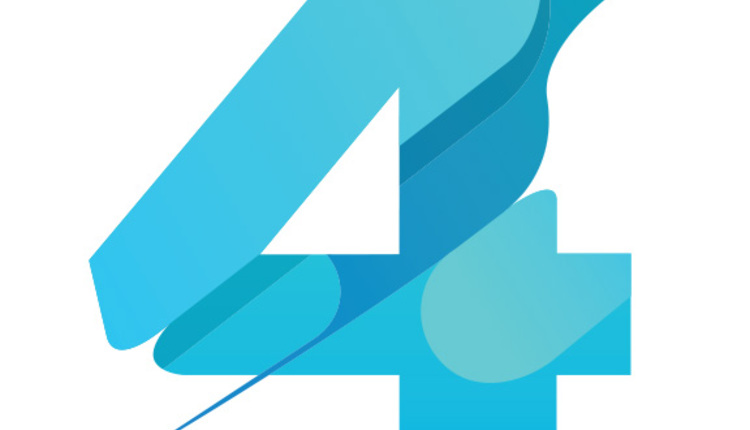Congratulations! After years of searching, sitting through countless demos where you smile politely and promise to call (but you know you won’t), you’ve finally done it. You found The One. They’re perfect, checking off every box on your list of required attributes of a third-party logistics provider: They’re attentive, their website is eye-catching, and most important of all, they promise to help you save lots and lots of money. You can’t wait to spend the rest of your professional life with them, and you want that life to start today.
But, before you put pen to paper, take a breath. Pull yourself out of that warm glow of PowerPoint animations and hearty handshakes, and try to think about what that partnership will look like three months from now. But don’t stop there. What will it look like a year from now? How about five years from now? This 3PL that has you head-over-heels for their synergies may promise to save you money, but the fact is that most 3PLs out there can provide some level of savings, at least in the short term. The more important question for you and your business is: How do they plan to save you that money? Those dollar signs they keep flashing don’t just appear out of thin air, so what does a partnership with their company actually look like, on the day to day? And are they worth it in the long run?
It’s easy to get excited about saving percentages and promises of automation, but integrating with a 3PL can be tricky, and it can have a massive impact on your operations . . . as well as your bottom line. Here are three things to consider about your potential partner to help you see how compatible the two of you really are:
1. Communication: The most basic part of integrating with a 3PL, or any strategic partner, is oftentimes the most overlooked. How does that partner plan to communicate with your carriers, not to mention you and your team? Are they set up for API connections, and can they work with regional carriers who might not be? For those rare instances when PDF/paper invoices are the only option, what’s their plan? How do they handle carrier exceptions or disputes? There are many different ways for partners to interact with carriers, but what’s most important is that whatever their methods and capabilities are, they have to work for you and your operations.
The second part of the question is equally important: How do they plan to communicate with you and your team? Do they have a web portal that is easily accessed, and suitable for your needs? Can they send monthly reports, or ad hoc? Will there be weekly meetings with a dedicated account manager, or quarterly summaries sent by email? Changing existing systems for a new 3PL is always expensive and time consuming, so making sure their technology can seamlessly link to your current stack is vitally important. Again, there’s no one right way, but the important part is making sure they are capable of communicating in the method and cadence that works best for you.
2. Values: The next piece to consider when integrating with a 3PL is the value you derive from the relationship, and vice versa. Obviously, the primary draw of working with a 3PL is that they promise to save you money, and most of them deliver on that promise (to varying degrees). But audit savings are just the tip of the iceberg when it comes to trimming down transportation expenses. Does the 3PL provide business intelligence that can help improve efficiency, saving time and resources? What about visibility that can help optimize your supply chain? Audit savings are a great conversation starter, but efficiency and visibility are the cornerstones of a successful and, in the end, more profitable partnership. Remember, it’s not a bad thing to ask what you’re getting out of the relationship.
And don’t forget to understand the value the 3PL derives from your business, as well. How a company bills you can and does influence the nature of the relationship, for better or worse. Are they a transaction-based company, or do they operate on a gain-share model? Where are they incentivized to help you succeed, for their own success? Ideally, business relationships are win-win, but understanding how your partner “wins” can help you choose the partner that’s right for you.
3. Growth: Where do you see yourself in five years? Down the line, will this 3PL still be a trusted strategic partner, or will you have you outgrown them? There’s nothing wrong with using casual solutions that work in the moment, but for any business looking for long-term success, growth and scalability need to be part of the discussion. If your volume increases, can the 3PL’s processes and technology keep up? What if your carrier profile expands? Are they set up to handle acquisitions, or separate business groups? As much as we would like it to be, integration is not a destination, it’s a journey. Understanding the limitations of your partner will help you forecast your own, and making tough decisions now can ultimately lead to success and profits down the road.
Relationships, including professional ones, are tough. It’s much easier and exciting to leap in, head first, and just hope that things will work out for the best. But when it comes to selecting and integrating with a 3PL, asking the tough questions earlier, doing the hard work and understanding the technical fit, can ultimately lead to a much more rewarding partnership.
So, the question is: Are you compatible?
Brad A. McBride has been in the transportation industry for over 30 years. He founded Zero Down Supply Chain Solutions in 2003 after many years in high-level sales and operations roles in the logistics industry. In 2016, determined to make an impact on traditional industry practices and provide considerable savings for businesses, Brad also launched FreightOptics, the cutting-edge technology that provides one-login access to view and optimize all modes of transportation. Brad can be reached at brad@zdscs.com.
This article originally appeared in the November/December, 2022 issue of PARCEL.

















